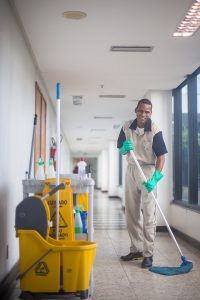Dirty Schools Are Health Risks as a Survey Highlights Cuts in Cleaning
 Cleaning cutbacks are meaning more dirty schools, and a teaching union is warning that these are now health risks for both staff and pupils. Union representatives from over 600 schools throughout Scotland participated in an online EIS survey. Roughly 4 …
Cleaning cutbacks are meaning more dirty schools, and a teaching union is warning that these are now health risks for both staff and pupils. Union representatives from over 600 schools throughout Scotland participated in an online EIS survey. Roughly 4 …
Raisha Rana
0